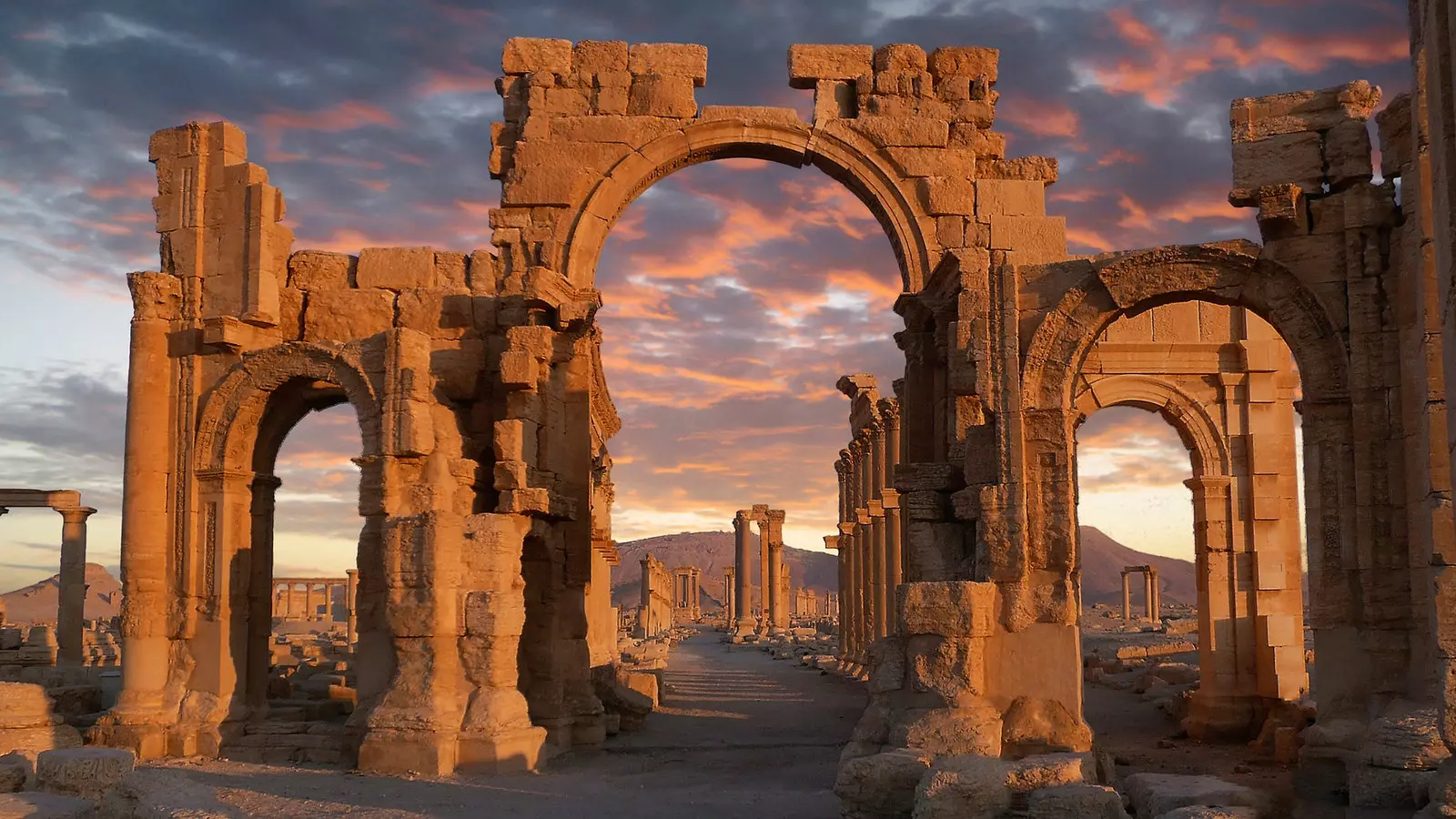
Cities like ours. In another time and place, but cities after all. Until they ceased to be
They were prosperous and vital. They were cities like ours, more or less remote and with their particular circumstances. In them one was born and one died, friendships were forged and loves were sealed. In another time and place, but cities after all. Until they stopped being.
KOLMANSKOP, IN NAMIBIA
a dilapidated billboard, Kolmannskuppe, written in very Germanic Gothic letters welcomes us. Seeing those houses engulfed by the desert sand and those rooms full of dust and chipped, nobody would say that this was one of the most prosperous colonial villages in South Africa.
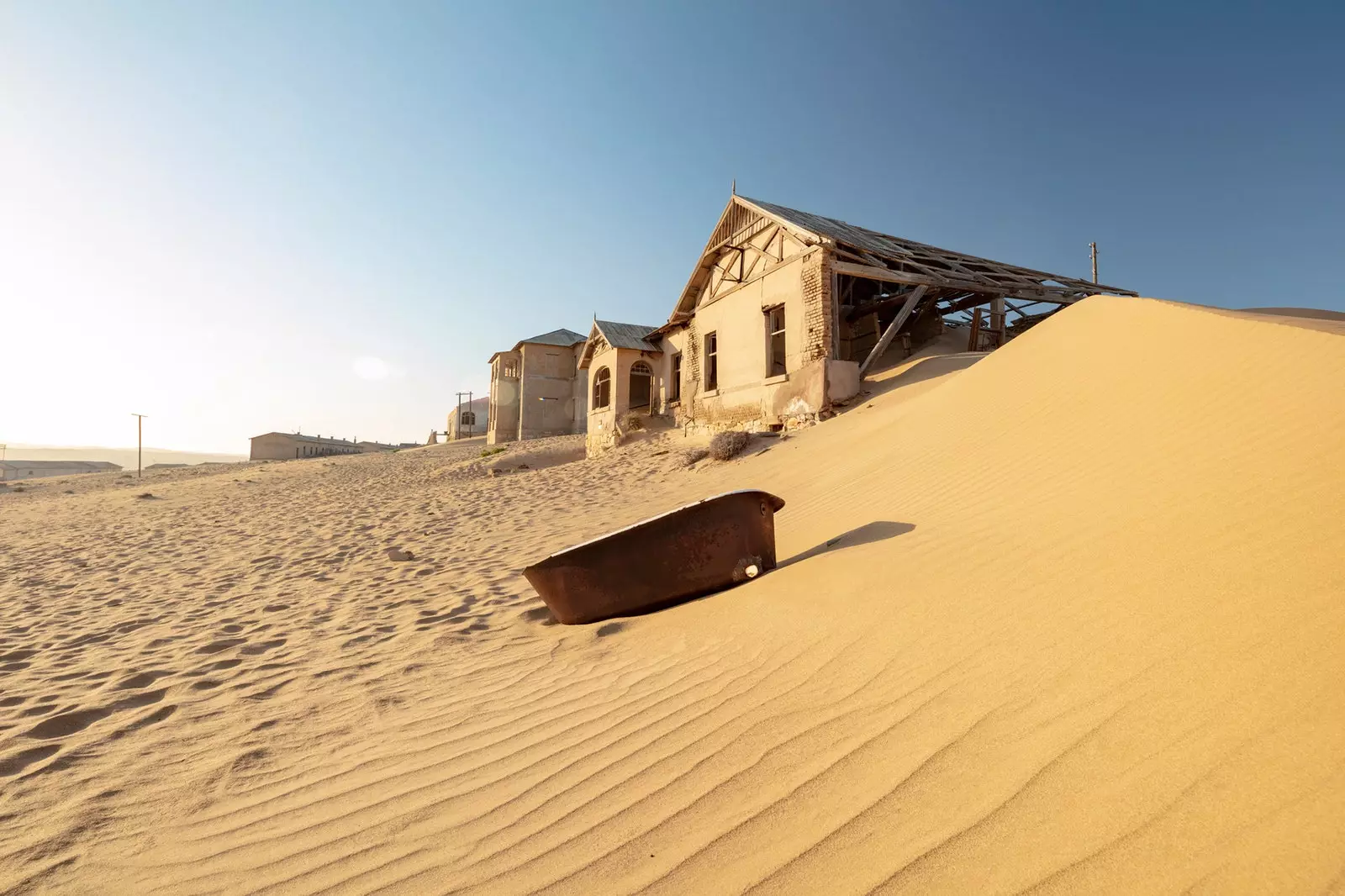
No one would say that this was one of the most prosperous colonial towns in South Africa
hard to believe that in the middle of the namib desert someone, at some point, decided to build a city. And the reason was, as almost always, economic. In 1908 , and almost by chance, they discovered that in this wasteland there was not only sand, but also diamonds. In a few years Germans, who at that time dominated the area, built all a central european style city in which there was no lack of school, church, or hospital, which by the way was the first in Africa to have X-ray technology.
Kolmannskuppe (Kolmanskop in Afrikaans language) it even had its own tram line that linked it with the city of Lüderitz, which is still today an important port enclave and retains some of its old Bavarian-style architecture.
Diamonds gave money and it was noticeable in the economic joy of the population that even enjoyed a casino where playing cards and German marks changed hands with ease.
When the diamond reserves ran out in 1956 Kolmanskop was abandoned in pursuit of other more fruitful enclaves and the desert reclaimed its domains. But Kolmannskuppe was not the only one to experience such a fate. In the southern part of Namibia, the desert embraces other ghost towns that arose with the mining fever like Elizabeth Bay (former Elisabethbucht) or Pomona (Pomonapforte).

Madrid, in New Mexico, went from being a prosperous mining enclave to a hippy haven
THE GHOST TOWNS OF NEW MEXICO, IN THE UNITED STATES
In the stretch of the old Route 66 that connects Albuquerque with Santa Fe, a road sign in the middle of a stony and implacable desert marks the detour to a town with an unlikely name: Madrid.
turns out New Mexican Madrid (pronounce medri) was a prosperous mining enclave in the past in whose subsoil extensive seams of a coal were discovered that would end up burning in the boilers of the Santa Fe railroad. But, like so many other towns in the area, the end of the steam locomotives would end up plunging them into abandonment.
On the map of New Mexico are counted today around 400 ghost towns, dusty towns that probably had a whiskey saloon, billboards with some outlaw's portrait on the walls, and a sheriff the size of John Wayne.
To Madrid, which like the others ended up being pasture for vegetation and vermin, A group of hippies arrived in the 70s and decided to establish an artistic community there away from the madding crowd. Over the years, the old warehouses, the wooden houses and the gambling dens worthy of westerns have become picturesque premises run by artisans, artists and antique dealers. Bohemia is served.
FATEHPUR SIKRI, IN INDIA
Superb palaces, walls and ceremonial gates, endless stairways, ornamental pools, exquisite pavilions with their terraces in the sun, audience halls... All this sculpted as a filigree in brilliant red sandstone. It was the capital of an entire empire and its construction was intended to reflect the refinement of its enlightened founding monarch, the Mughal sovereign Akbar the Great.
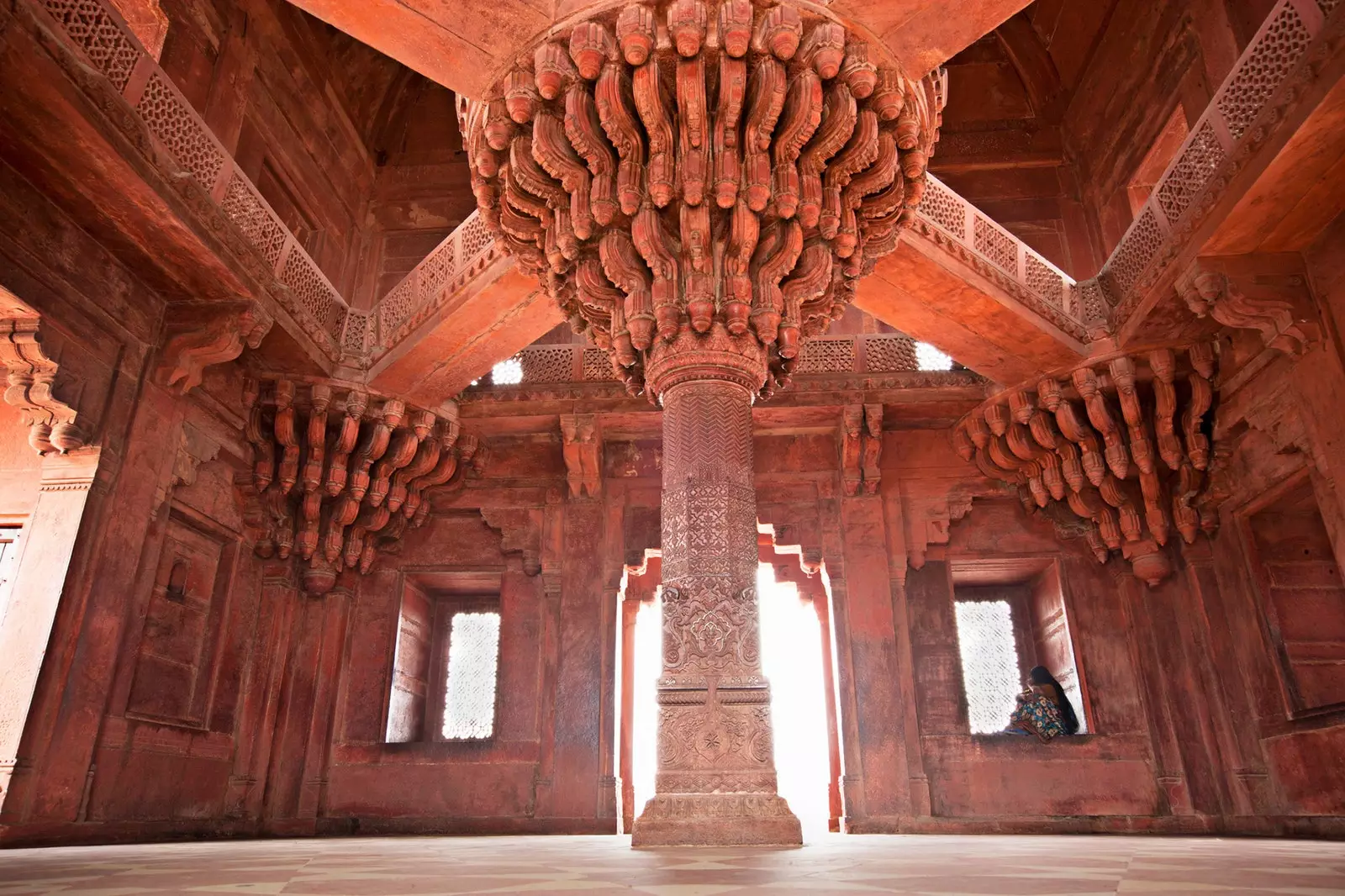
In Fatehpur Sikri, everything was done to impress
all in Fatehpur Sikri (literally the city of victory) was made to impress: from its intricate decorative elements to the innovative systems for cooling the city's buildings. Akbar even had a terrace built with bicolor tiles where chess games were played with human pieces.
It was an ephemeral capital — it was only inhabited for 12 years — and was abandoned to its fate in 1585 for political and strategic reasons, but above all because of the severe lack of water.
Fatehpur Sikri was in ruins for decades until it was rediscovered and recovered at the end of the 19th century. But its ostentatious buildings remain empty, without chess games or exotic dances or caravans of merchants staying in its caravanserai... Today its only permanent inhabitants are the monkeys and the birds. And during the day they also frequent it tourists and street vendors , especially since it was declared in 1986 Heritage of humanity by unesco.
PYRAMIDEN, IN NORWAY
Located between latitudes 74º N and 81º N, just 1,300 kilometers from the North Pole, Spitsbergen —the largest of the islands that make up the Svalbard archipelago— is today the northernmost permanently inhabited place on the planet.
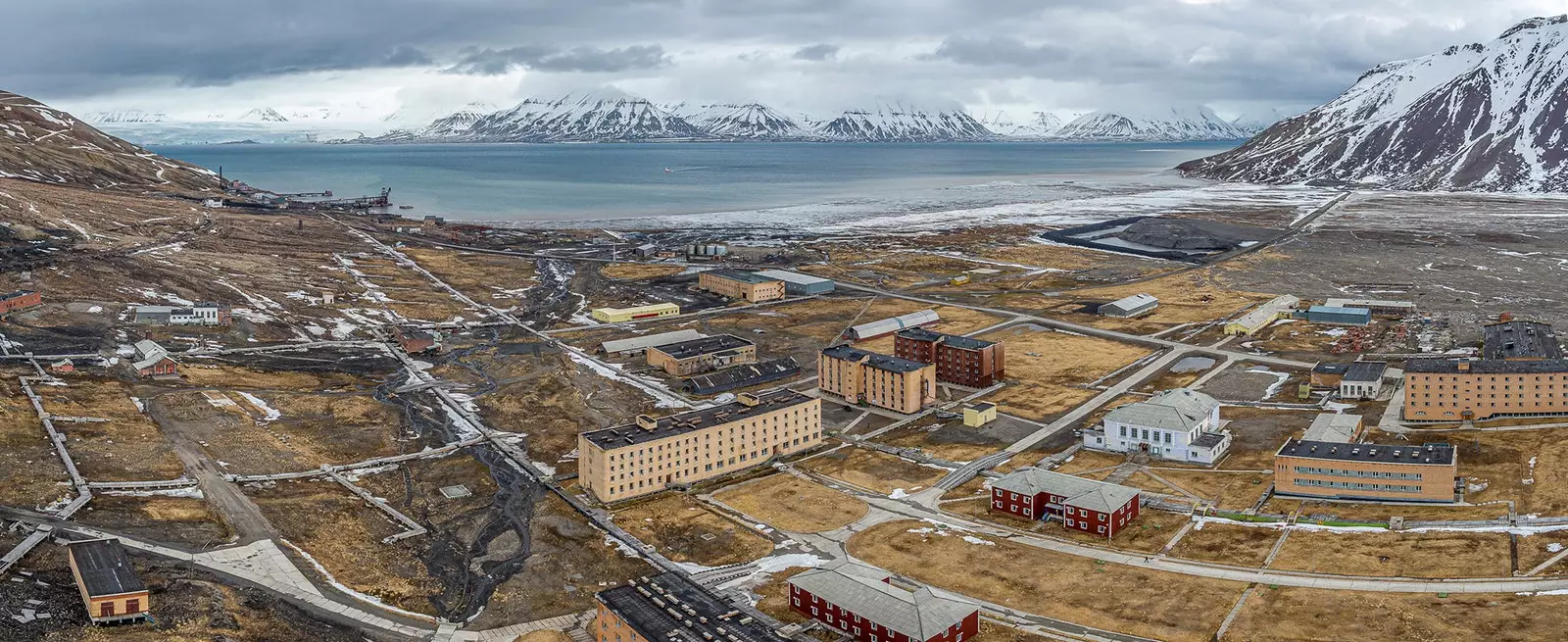
Pyramiden was alive until 1998, when the mine closed
Since 1920 and by the Treaty of Svalbard, the archipelago became part of the Kingdom of Norway with certain exceptions, including the juicy mining operation that in some localities such as Barentsburg and Pyramiden ended up in the hands of the Russian government.
Thus was born, at the end of the 20s, the Soviet Pyramiden, a very prosperous and self-sufficient locality who came to have their own orchards (in greenhouses) and livestock to supply the population with vegetables, meat and milk. They were also built powerful central heating systems and several leisure corners, namely a sports center, a library or bars where the workers and their families could forget at times the unforgiving climate and isolation to which they were condemned.
Pyramiden was alive until 1998, when the mine closed and its inhabitants returned to Russia, Ukraine or neighboring Barentsburg, population that is still inhabited today.
Today, Pyramiden is still presided over by a bust of Lenin and its only inhabitants - local tour guides - watch over the conservation of some facilities that it can only be reached by boat or snowmobile.
PALMIRA, IN SYRIA
We could name many ancient cities that were once great and that after their abandonment or destruction became eternal. We would mention Angkor, in Cambodia; to Babylon, in Iraq; to Pompeii, in Italy; to Tikal, in Guatemala...and fill an entire report with them. But The history of the legendary Palmyra is particular, because it is a doubly lost city.
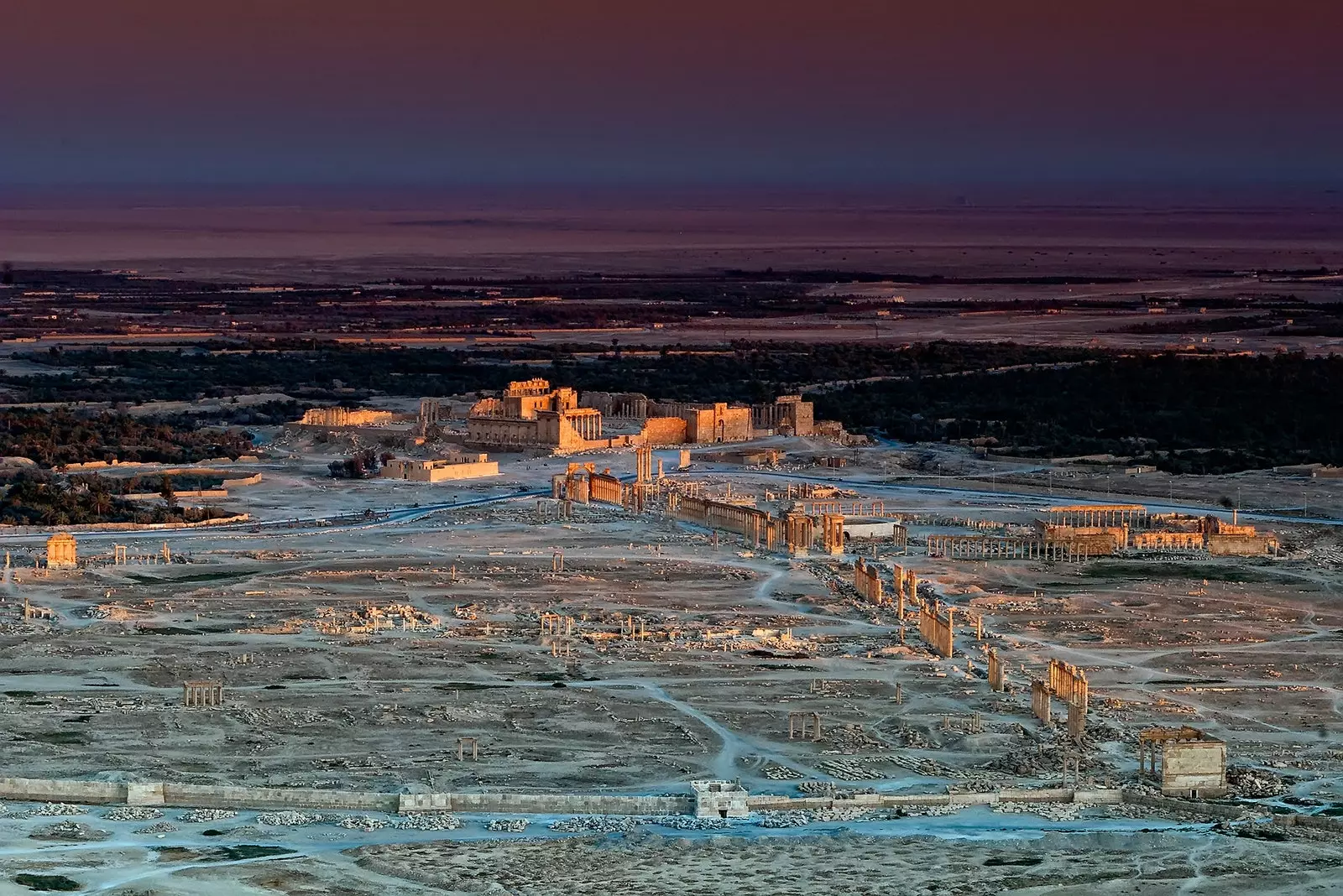
Islamic State soldiers bombed Palmyra to the ground
It was the capital of the Palmyra Empire back in the 2nd century and, like so many other metropolises of the time, it had its temples to the gods (the magnificent temple of Bel), its agora, its great colonnades and a theater that served as a distraction for the almost 200,000 inhabitants that it had at its best.
Palmyra suffered several vicissitudes throughout history and it would end up being definitively abandoned in the 11th century after a devastating earthquake. As happened with the Tunisian Dougga and Sbeitla and the Jordanian Gerasa, the skeleton of Palmyra, as if it were the skeleton of a dinosaur, was exposed in the middle of the desert to the fascination of tourists that during the last century reached its side.
Nevertheless, Palmyra has been lost again by the war in Syria. It was occupied by the Daesh and reconquered by the Syrian army on two occasions, it was the object of several offensives and a macabre scene of executions. In his last withdrawal, Islamic State soldiers bombed it to the ground.
